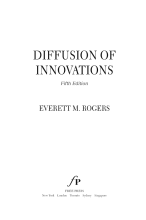Aldehydes and Ketones - What Are Grignard Reagents, and How Do They React with Aldehydes and Ketones?
8 important questions on Aldehydes and Ketones - What Are Grignard Reagents, and How Do They React with Aldehydes and Ketones?
What are organometallic compounds?
What is a Grignard reagent?
How are Grignard reagents prepared?
- Higher grades + faster learning
- Never study anything twice
- 100% sure, 100% understanding
How is the carbon-magnesium bond best described?
What is a carbanion?
Why do Grignard reagents react so readily to form alkanes?
What is the special value of Grignard reagents?
What product do you get when combining a formaldehyde with a Grignard reagent?
The question on the page originate from the summary of the following study material:
- A unique study and practice tool
- Never study anything twice again
- Get the grades you hope for
- 100% sure, 100% understanding
































